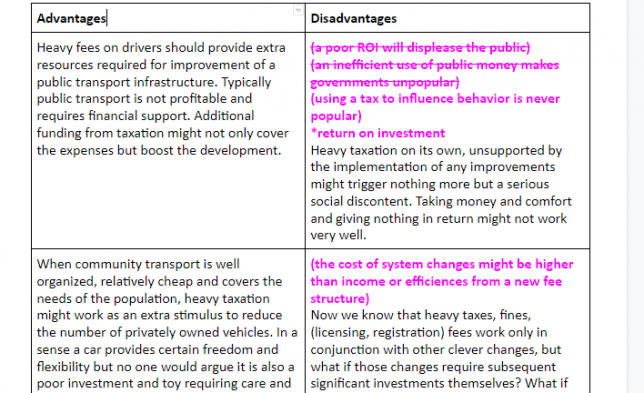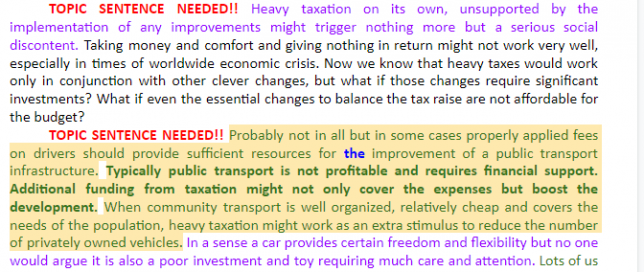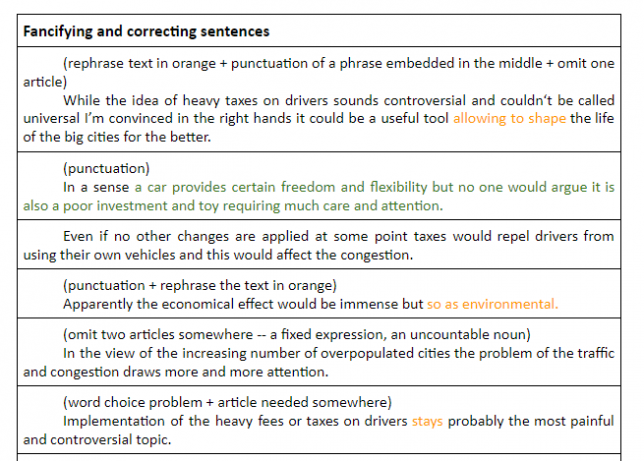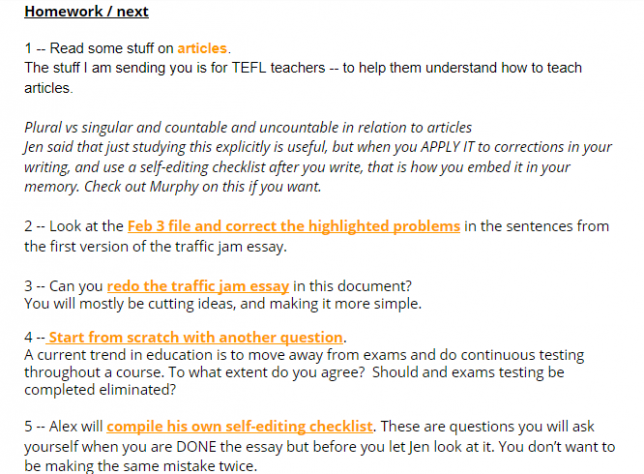Keywords / Subtopics: rooms, furniture, decorating, small spaces, storage, appliances and electronics, having guests, extra features of a home, heating and cooling, types of buildings
- What is the best room in your house?
- What room is the most spacious?
- What makes a room comfortable?
- Where do people eat?
- Tell me about the entranceway and the front door; wherever people usually come in?
- Do you have enough storage space?
- How do you heat your home? How is your home / your building heated?
- Where do you entertain guests? Do you have people over a lot?
- Where do you park? Where do you keep your bicycle?
- What floor are you on?
- Do you have a lot of home electronics?
- Do you have a lot of small appliances in your kitchen? Do you have a lot of clutter in your drawers and cupboards?
- What is the best house-warming gift?
- How many rooms are off your living room?
- What do you have on your walls? Mirrors? Calendars? Pictures? Drawings? Family photos?
- What are your signature colours? If I asked your friends what your personal style is, what would they say?
- Do you have a doorbell or do people just knock?
- Do people have to buzz you when they arrive at your apartment building? Do you have a secure entrance? Do you have your home hooked up to a security system?
- What’s in the lobby of your apartment building?
- Do you have just one elevator?
- Can you hear your neighbours? Do you usually hear your neighbours?
- Do you have a backyard? A basement? A balcony? A front porch? An attic? A swimming pool in the basement of your apartment building? Is there a jungle gym for kids near your building?
- Where do you store your tools? Do you put winter clothes away for the winter? How organized are your storage areas? Where do you keep your computer stuff?
- How do you keep track of paper (bills, receipts, invoices, warranties, brochures, agreements, notices)
- Are you windows covered? Do you have Venetian blinds or curtains? Which window in your home has the best view? Does your living room window overlook a park, a main road?
- If you could change something about your home, what would it be?
- Has your basement ever flooded? Do raccoons or bats live in your attic? Have you had mice in the kitchen or wasp nests under the eaves?
Read how to use these realistic, vocabulary-rich, topic-specific discussion questions to improve your IELTS speaking and writing results.






